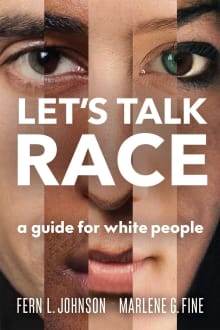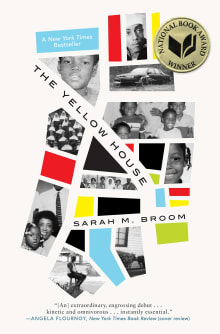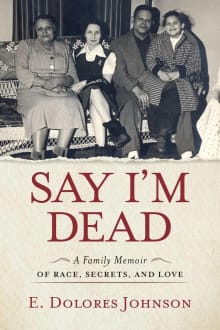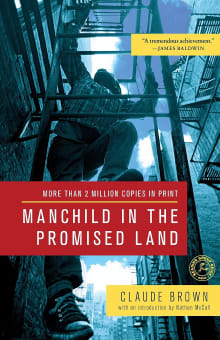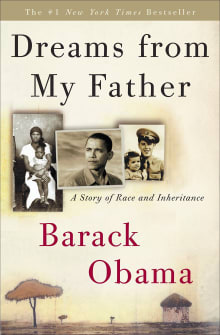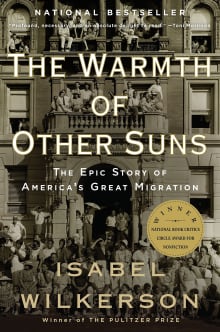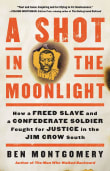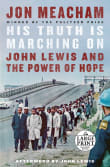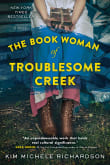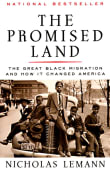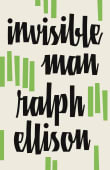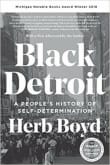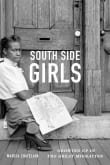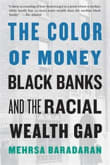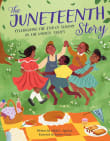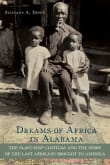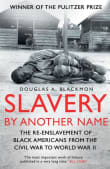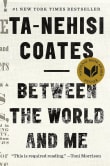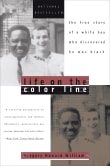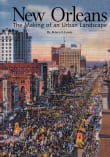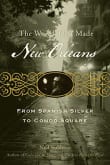
Why did I love this book?
A memoir that haunted both of us about Broom’s love for the New Orleans house she grew up in, her family, and a neighborhood torn apart by the institutional racism embedded in banking practices, zoning laws, highway development, and other corporate and government policies and practices.
Broom’s mother purchased the house in 1961 in a then “promising” neighborhood. Over the years, the neighborhood was cut off from the city by the growth of the interstate highway, which left this largely Black area in decline from years of indifference by New Orleans elected officials. The house was eventually destroyed by Hurricane Katrina.
The book provides a harrowing description of the destructive effects of institutional racism.
4 authors picked The Yellow House as one of their favorite books, and they share why you should read it.
A NEW YORK TIMES BESTSELLER
WINNER OF THE NATIONAL BOOK AWARD FOR NONFICTION
'A major book that I suspect will come to be considered among the essential memoirs of this vexing decade' New York Times Book Review
In 1961, Sarah M. Broom's mother Ivory Mae bought a shotgun house in the then-promising neighborhood of New Orleans East and built her world inside of it. It was the height of the Space Race and the neighborhood was home to a major NASA plant - the postwar optimism seemed assured. Widowed, Ivory Mae remarried Sarah's father Simon Broom; their combined family would…

